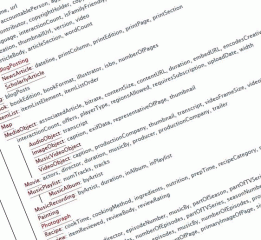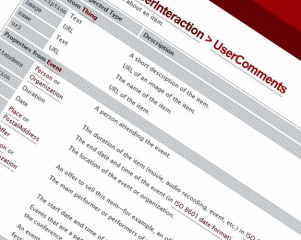Get your Content Labelled!

It's time to start labelling your content. If you're one of those web publishers who spends a lot of time writing (or sourcing) decent content and making sure that it looks good for the visitor, then you should also care about how it looks to the search engines.
Nowadays search engines are pretty smart at figuring out what is on your page and what is important, but they still need help when it comes to identifying snippets of information that make perfect sense to your human visitor but are meaningless to the machine. You can help make more sense of your page by 'marking up' specific bits of content that correspond to entities defined by an agreed specification. The specifications that the major search engines have adopted are known collectively as schema.org, which you can read all about at (you guessed it) schema.org. There are useful 'example code' snippets throughout, so I would suggest diving into the full schema.org list of entities and thinking about which ones you can use on your site.
The sorts of types that are relevant to most sites:
- Article view on schema.org
- MediaObject view on schema.org
- WebPage view on schema.org
- WebPageElement view on schema.org
- UserComments view on schema.org
- Product (if you sell things) view on schema.org
- Rating (if you review things) view on schema.org
- LocalBusiness view on schema.org
- Person view on schema.org
- Place view on schema.org
Note that the UserComments entity lives alongside other user interactions such as UserLikes, UserPlusOnes and UserTweets; all very useful social signals for the bots if you can get them. You can also find out how to use more entities at the Google Webmaster Tools help centre: Rich snippets (microdata, microformats, RDFa).
Once you have done some work on this rich document labelling, head over to a verification page such as Google's Rich Snippets Testing Tool to see what the robots can make of it.
Go ahead and check the source of this website (try for example, source of the home page). You may also be amused to see that the folks at schema.org haven't updated their site, either!

